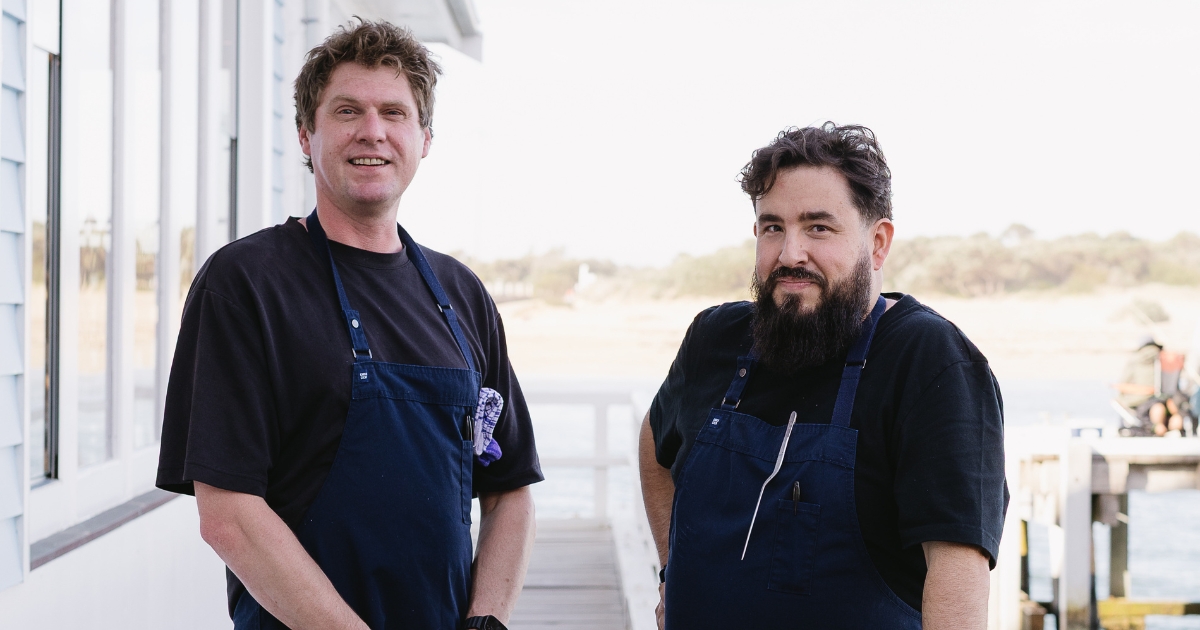Grapevine: In the haus
Landhaus is a relatively new name in Australian wine, established in 2002, some 160 years after the property was originally established by settlers.
Nevertheless, they have gone about establishing themselves within the historic region by producing classic wines of the region and working towards refining them rather than chasing the current fads as so many small producers often do in an attempt to garner attention.
A recent tasting of the wines highlighted their ability to produce consistent, high quality examples of classic Barossan,
and in one particular case, uniquely Australian wines.

The particular wine in question is their Shiraz Cabernet which harks back to the earliest days of Australian wine.
The roots of the blend lay in the Old World region of Bordeaux where Cabernet Sauvignon forms the basis for many of the blends from the left bank of the region.
The firm Cabernet is blended with varying portions of Merlot, Cabernet Franc, Malbec and Petit Verdot to construct a more complete wine than the Cabernet may produce on its own. During the 19th century, they were far lighter, paler coloured wines referred to as Claret.
This eventually evolved to refer to wines of a similar style as Bordeaux. However the blend would often not be the same as that in Bordeaux. While we did have Cabernet planted, we didn’t have as much of the other constituent varieties in a classic Bordeaux blend.
We did have plenty of Shiraz though, pragmatism played its part and the firm, dry Cabernet often with the characteristic “hole” in the middle of the palate was filled out by the use of Shiraz as a blending partner.
While Cabernet from Bordeaux and Shiraz from the Rhone were often blended in France, once the regional laws began to come in to effect in the early 1900’s this was no longer possible as the cross regional blend was no longer allowed.
There are very good reasons for laws that protect the regions in France, our youth as a wine producing country meant we had no such history to protect and the freedom allowed us to be more flexible and make the blend our own. Yalumba is noted as producing some of the earliest blends in the 1800s when they shipped wines to the British Raj in India. Nowadays their “Signature” is an iconic example of the blend. Max Schubert is credited with establishing the blend as a genuine contender in the world of fine wine with the legendary Bin 60A Cabernet Shiraz, Grange and Bin 389.
Many other producers, principally in South Australian regions have put the blend to good use particularly with the use of Coonawarra Cabernet and Barossa Shiraz.
Part of the difficulty for the blend recently may be due to the pre-eminence of single site and single block wines.
As we try to dial in on the intricacies of site, the skill in blending varieties has fallen somewhat behind the ability to find and express a single variety from a single site clearly. There are still plenty of producers committed to refining classic Australian styles and blends that worth tracking down.
Landhaus ‘Classics’ Shiraz
Cabernet – $50
The Landhaus ‘Classics’ Shiraz Cabernet is a 60:40 split sourced from old vine material across the Valley. Ripe black berries and currants, pepper, dried herbs, chocolate and lavish oak influence although it is consistent with the generous, polished style and well-integrated. It’s certainly classic in that it hails from a classic region and represents a classic style of deep, rich, generous wines that have fallen out of favour of late. But if that is your style of wine though, then this is your kind of wine and well worth tracking down.


















